Ghostbuster Tech: 5 Tools for the Paranormal Investigator
When I was a middle schooler, my entire career plan was to become a paranormal investigator. As a dedicated reader of spooky Time Life books, I was obsessed with arcane matters like telekinesis, remote viewing, and — especially — hauntings.
My ghostbusting career never did come to pass, but I still like to keep an eye on things — particularly in those areas where alleged paranormal phenomena bump up against real science and technology. In the spirit (heh) of Halloween, let’s take a look at five common technologies used by ghost hunters and paranormal investigators.
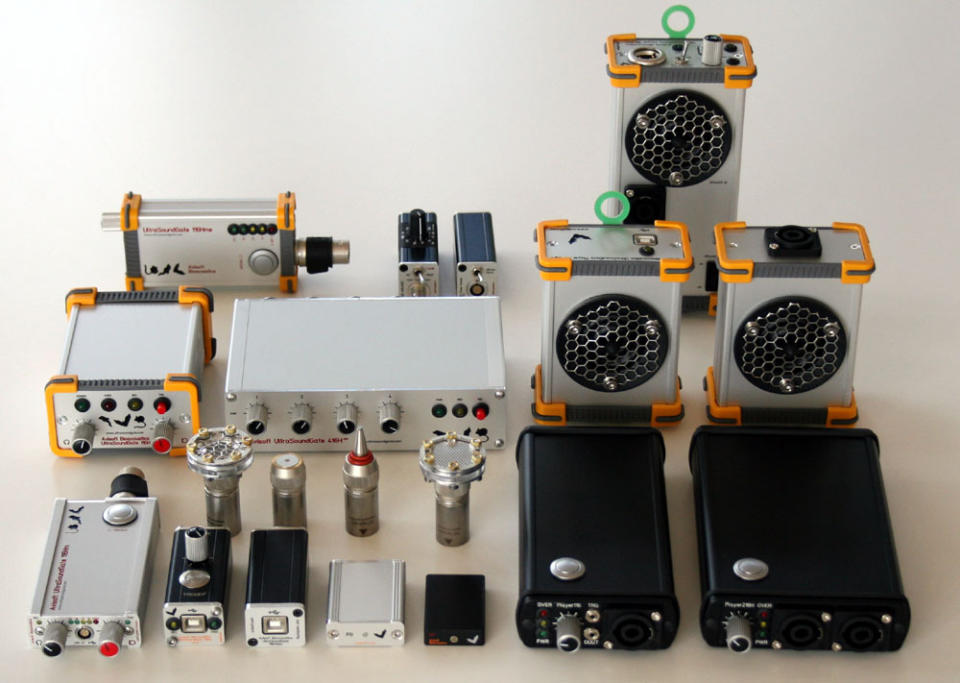
1. Digital audio recorders
EVP, or electronic voice phenomena, refers to spirit voices or other inexplicable sounds captured on audio recording devices. Ghost hunters typically use commercially available digital voice recorders to document this, although some teams use high-end ultrasound recording devices like this kit from Avisoft Bioacoustics. Ultrasound (and infrasound) recorders can pick up audio signals that the human ear can’t detect; the sounds are then converted into the audible range via computer software.
You can find plenty of EVP sound libraries online. They’re good for some fast chills, but it’s advisable to take most of this stuff with several dozen grains of salt.
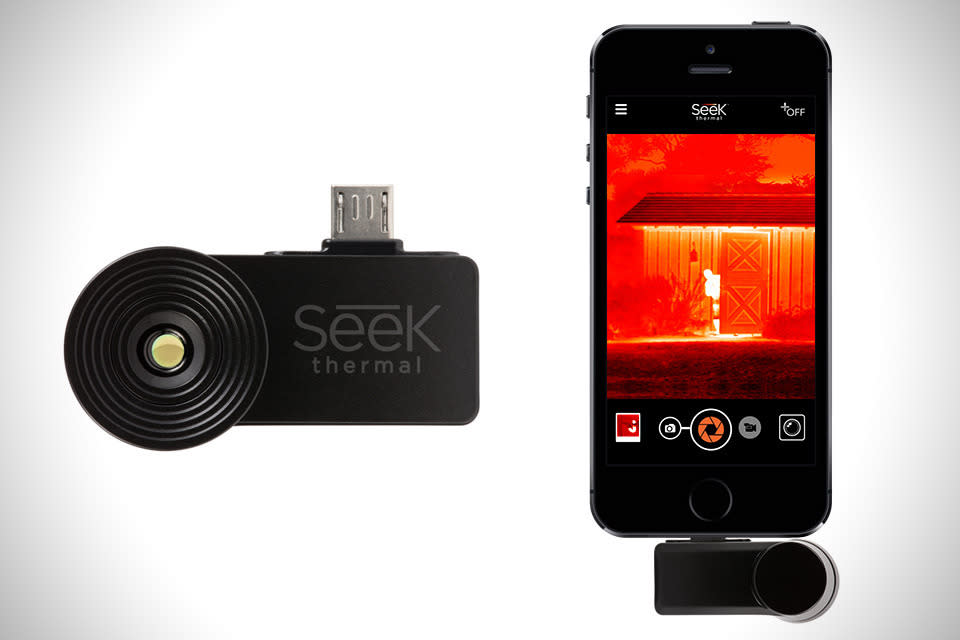
2. Thermal imagers
Reports of hauntings often include details about radical changes in temperature or “cold spots” in a certain room or location. Thermal imagers, sometimes called thermographic cameras, can detect changes in temperature by way of infrared radiation.
Thermal imagers are used in lots of non-spooky professions — plumbing and firefighting, to name two. Dedicated thermal cameras are often designed for a particular function, but you can get general-purpose variants as well. In recent years, miniaturized cameras like the Seek Thermal have been developed to plug directly into your smartphone.
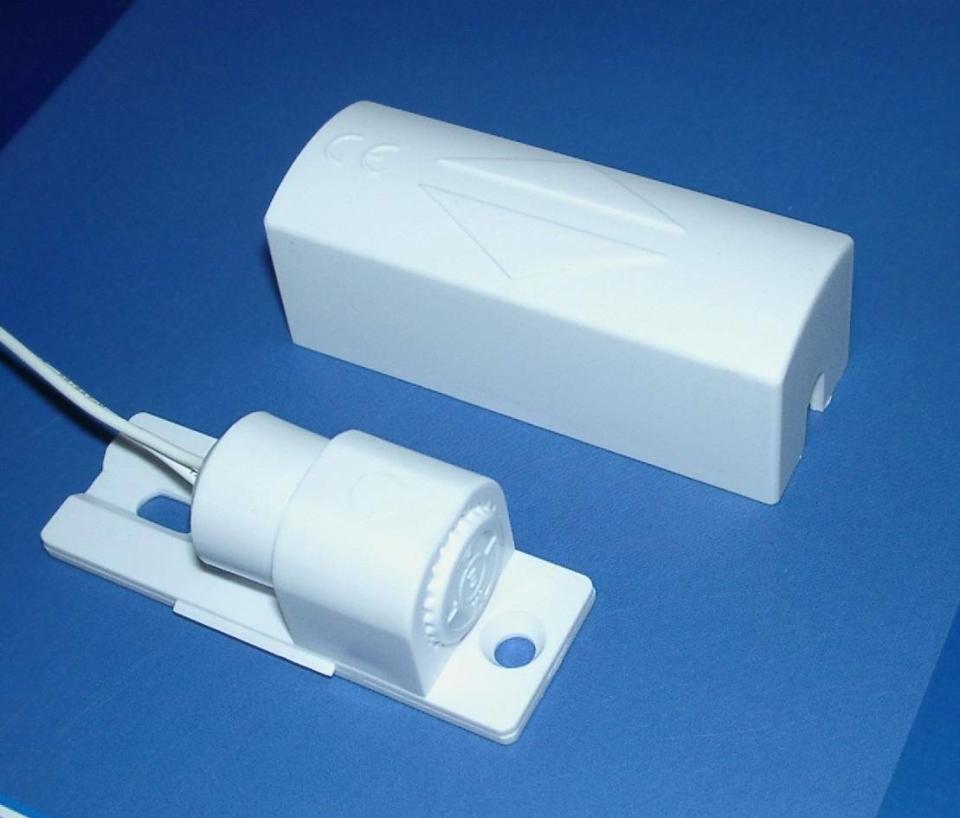
3. Motion and vibration detectors
When staking out a haunted house, ghost hunter teams often deploy motion detectors to keep a digital eye on happenings throughout the location. Commercially available detectors usually do the trick, and they’re often wired into a networked surveillance system of cameras and microphones. There are also a variety of less expensive, Wi-Fi-connected detectors that hook up right to your smartphone.
Fully outfitted paranormal investigators might even include vibration detectors. Commonly used in industry to monitor the performance of machines and engines, high-end vibration detectors use delicate crystals and ceramics to measure vibrations that are otherwise imperceptible.
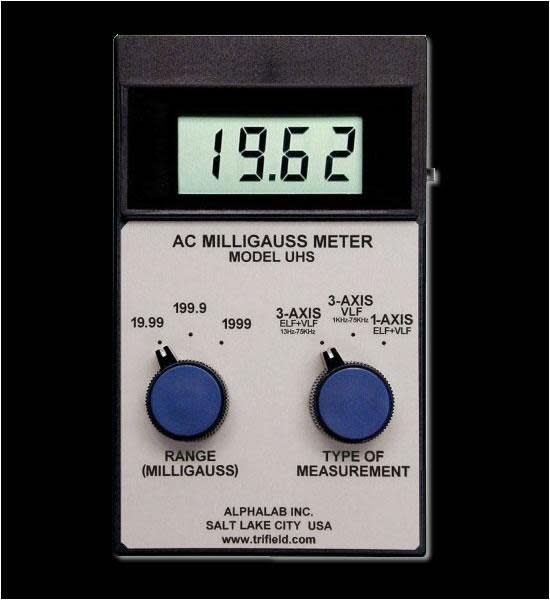
4. EMF meters
We’ve seen this one in the movies a million times: The stalwart paranormal expert enters the haunted house with a handheld meter, gathering data and muttering darkly about electromagnetic fields.
EMF meters do just that, measuring ambient electromagnetic fields and fluctuations. Handheld detectors can measure AC electromagnetic fields — emitted by electrical wiring, for instance — as well as DC signals generated naturally by the Earth’s geomagnetic field. A quick search online shows that these gadgets come in a wide range of prices and capabilities — from kiddy spook detective to full-on professional ghost chaser, it seems.
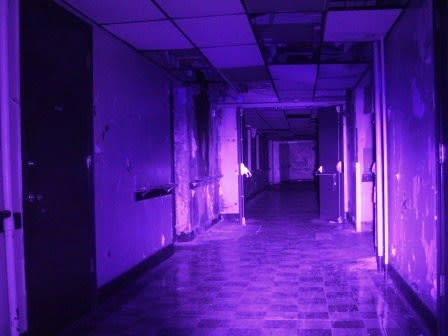
5. Full-spectrum cameras
As with thermal imagers, ghost hunters use full-spectrum cameras to detect light emissions outside the range of human vision. In addition to capturing visible light, full-spectrum cameras range into near-infrared and near-ultraviolet wavelengths. You can find one on the consumer level for under a couple hundred bucks, no problem.
If you click around online, you can find collections of ghostly images captured using full-spectrum photography. Ghosts may or may not be real, but if we’re ever going to get solid evidence, it’s probably a good idea to keep throwing technology at the problem.
Glenn McDonald writes about the intersections of technology and culture at glenn-mcdonald.com and via Twitter @glennmcdonald1.

